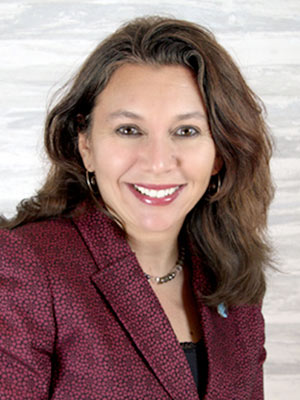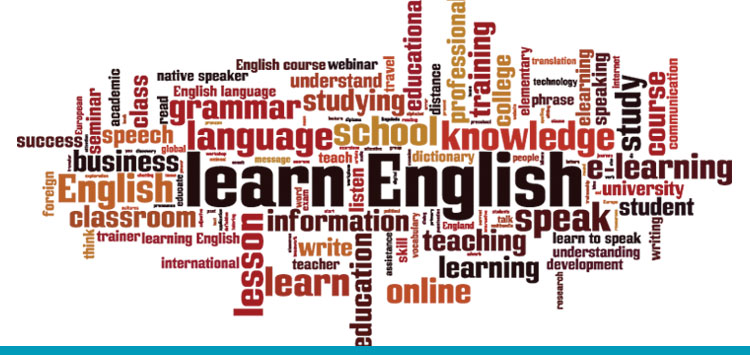Need for Foreign Language Teachers
The global economy will increasingly require New York citizens to have knowledge of languages and cross-cultural competencies in an increasing number of languages and associated cultures. To prepare New York State students for this reality, the New York State Learning Standards, State assessments in languages other than English, and college programs that prepare these teachers emphasize achievement of language proficiencies and cross-cultural competencies. In addition, school districts across New York State are responding to public demand for providing opportunities for students to study languages and culture beyond those traditionally offered in public schools. This requires the districts to seek appropriately certified teachers to enhance and expand instruction in these additional languages. Districts attempt to meet such demands for language instruction in many ways, including:
- Expanding language choices (adding low incidence languages to the list of district offerings);
- Extending LOTE to the lower grades through Foreign Language in the Elementary School (FLES) and through Bilingual, and Dual Language or 2-Way Immersion Programs;
- Offering upper level college/AP sequences.
New Opportunity in Methods of Teaching in Immersion Programs
With immersion education on the rise in New York and across the country, it is essential to equip teachers who have multilingual proficiency with the skills and knowledge necessary to teach in these programs. This course will examine the dual language immersion models being used in schools around the world. We will discuss immersion program models, goal setting, instructional strategies, academic content areas, the value of collaboration, and the importance of connections to school and parent. Using real classroom examples and model activities, students in the class will build their own lessons and activities in a particular content area on the basis of the latest research and best instructional practices.
Most importantly, we will together conduct an interactive exploration of the instructional strategies that foster success in immersion environments through real examples and by hearing the experiences of practicing immersion teachers. The course will culminate in an interactive series of lessons developed by the students and a set of materials created by the class given to each student to use in their teaching. All course participants will come away with a foundation for using the best instructional strategies and tools to build a learning environment conducive to their future students’ growth.
- Overarching topics include:
- I. Immersion models
- II. Setting goals in the immersion setting
- III. Strategies in the classroom
- IV. Content instruction and the 5C’s of the World Readiness Standards for Language Learning
- V. Collaboration and Teamwork
- Learning Goals:
- Students will develop a clear understanding of the different models for immersion education.
- Students will compare and contrast instructional strategies to adopt best models for planning.
- Students will review authentic classroom learning experiences to assess how to best adjust to meet learning needs for all learners.
- Students will utilize information from current research to produce a personalized instructional development plan.
- Students will practice and grow planning strategies that clearly address linguistic and content instruction and assessment.
Who should apply for this course?
Anyone who is working with or teaching students who speak a language other than English in the home and/or working with or teaching or planning to work with or teach students in an immersion program. This course does not require certification, so both certified and non-certified teachers may apply.
When is this course being offered?
It is being offered in fall 2019 semester as an asynchronous distance learning course. You can take this course from the comfort of your own home and do the assignments on your own schedule within the parameters of the weekly syllabus.
I am not a student at Hofstra: how should I apply?
You can fill out an application for non-matriculated study. It can be found here.
https://www.hofstra.edu/academics/grad/graduate-application.html

About the instructor:
Amanda Seewald, M.Ed.
Amanda Seewald, M.Ed., instructional coach and expert in multilingual curriculum and instruction, is the Author and Director of MARACAS Language Programs / Learning Kaleidoscope Educational Consulting.
During her 20 years in education, Amanda has taught all age groups, developed and published curriculum materials and music, and worked as a teacher coach and consultant to provide professional development to educators across the United States. She is a regular presenter at national, regional, and state conferences.
Amanda is the Immediate Past President of the Foreign Language Educators of New Jersey and President-elect for the Joint National Committee for Language. Amanda spends much time advocating for language programs and policy with legislators. She speaks Spanish, French, and Japanese. It is Amanda’s hope that through engaging and dynamic programming, more language programs for young children will grow.
www.maracas123.com
Facebook - @learningkaleidoscope
Twitter - @maracas123


